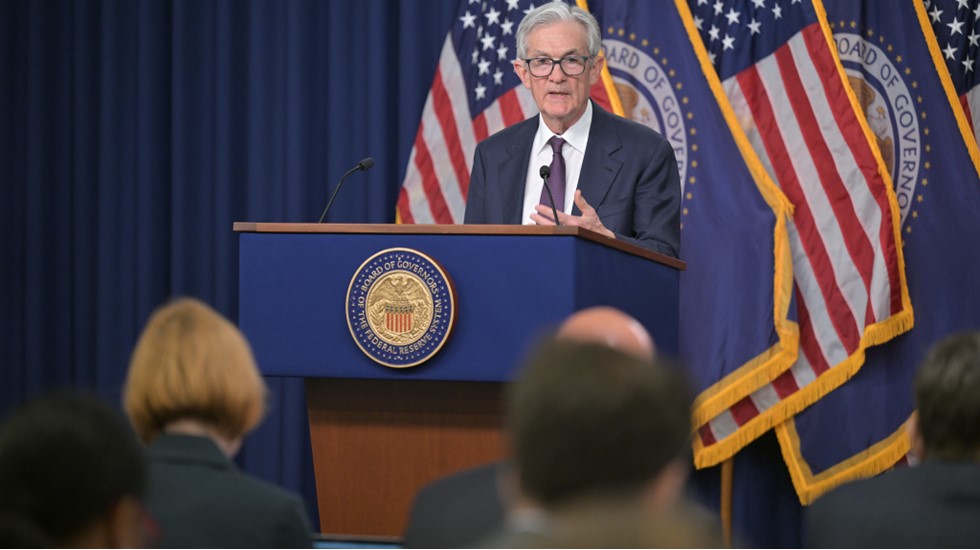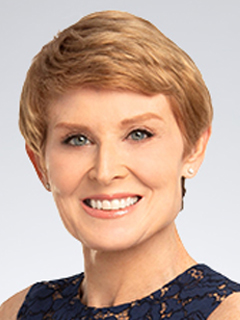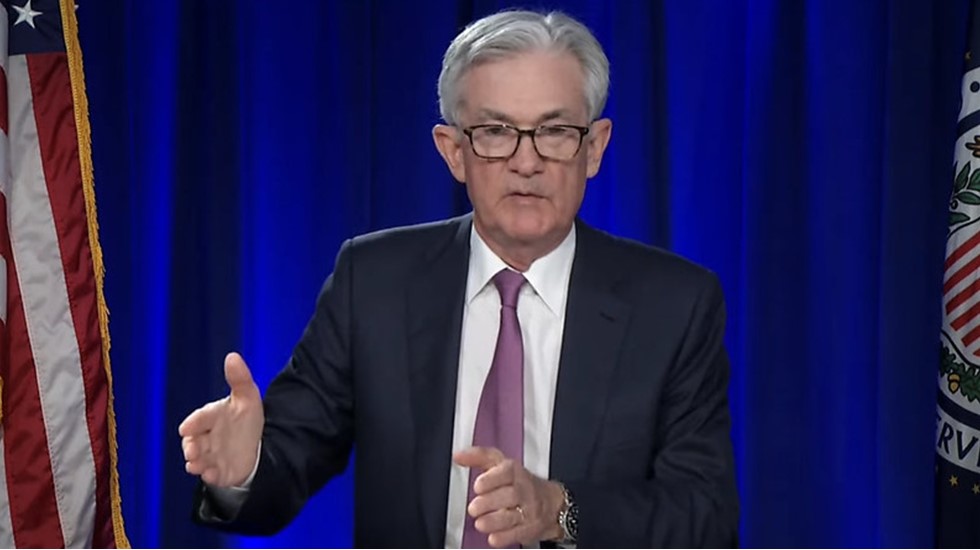Powell stays uncomfortably on the sidelines
The Fed’s trajectory on rates was unchanged with two cuts.

June 18, 2025
The Federal Open Market Committee (FOMC) – the policy setting arm of the Federal Reserve – unanimously voted to keep rates unchanged, with the fed funds target in the 4.25% - 4.5% range at its June meeting. The statement following the report was little changed. The Fed removed the part of the statement that said the risks for both inflation and unemployment were to the upside.
Many saw that change as a more dovish stance by the Fed. That ignores the fact that participants at the meeting moved up their forecasts for inflation and unemployment from where they were just three months ago. The forecast for growth was considerably weaker. All that is more stagflationary than we saw in the forecast in March.
The Fed’s trajectory on rate cuts was unchanged, with a narrow consensus of two cuts in 2025. That masks a shift in the number of participants at the meeting now expecting no cut. That figure moved up from four in March to seven in June. That is a significant shift with only six months left in the year.
That said, there is a very strong argument that absent the tariff-induced inflation, the Fed would be cutting rates now. Inflation has cooled considerably from the pace at the start of the year, while the labor market is slowing. The pace of hiring is getting precariously low and could trigger a more significant rise in the ranks of the unemployed if layoffs were to pick up.
Powell underscored that “we think our policy stance is in a good place where we're well-positioned to react to incoming developments…one of our jobs is to make sure that a one-time increase in inflation doesn't turn into an inflation problem.”
Why not cut now? A backward look at the data would justify a rate cut. The problem is that there is still a possibility of pass-through on inflation, which has left the Fed in more of a wait-and-see mode.
Powell emphasized that the level of tariffs was higher than anticipated and that somebody will have to pay for them. He cited surveys that said many firms are passing along at least a portion of the costs of tariffs as they come in. However, we are still in the early phases of those effects. Many of the products on the shelves over the last two months were bought ahead of tariffs.
“Forecast in a foggy time”
Powell underscored that although uncertainty has diminished, it is still elevated. He said that participants in the meeting had a series of scenarios that they are looking at. If the economy is solid, “with inflation moving down, we think it is best to just learn more.”
Participants at the meeting had a diversity of forecasts. Those with higher inflation forecasts, have fewer rate cuts. Those with lower inflation forecasts, have more. He emphasized that we would know more and see more convergence in views as we get into Summer.
Powell was reluctant to comment on immigration or any shifts in the labor market due to policy changes. This is par for the course for Powell. He tries to stay out of the policy discussions, even though shifts in policies can affect what the Fed does. He also shied away from the budget and potential tax cuts along with de-dollarization.
The only policy he discussed with any certainty was tariffs. He talked about the shift in business attitudes since the initial April 2 announcements: Companies seem to be growing. “Powell noted that businesses feel more positive and constructive than they did three months ago.”
Participants at the meeting are moving closer to our forecast, with a significant number – seven – now expected no cuts for the year.

Diane Swonk
KPMG Chief Economist
Bottom Line
The Fed is still in wait-and-see mode. It expects to get more clarity on the pass-through associated with higher tariffs over the Summer. That is why financial markets are not expecting any movement in rates prior to September. We have held to our forecast for one rate cut in December. Participants at the meeting are moving closer to our forecast, with a significant number – seven – now expected no cuts for the year.
Explore more

Powell in “wait and see” mode
The Fed is in no hurry to decide on rates.

KPMG Economics
A source for unbiased economic intelligence to help improve strategic decision-making.

Walking a tightrope: Biannual economic outlook
Aggressive rate cuts could destabilize the bond market.
Subscribe to insights from KPMG Economics
KPMG Economics distributes a wide selection of insight and analysis to help businesses make informed decisions.
Meet our team
